by the editors of Zipwhip
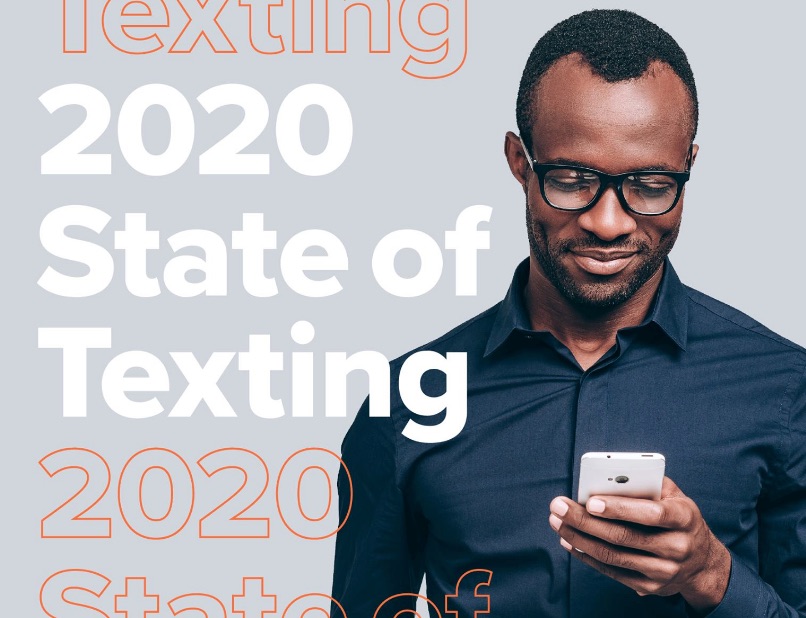
With the accelerating pace of advancements in technology, including improved texting software, chatbots and artificial intelligence (AI), companies are realizing that they need to adopt better ways of communicating with consumers to cut through the noise and stay competitive in the 21st Century.
The experts at Seattle-based Zipwhip have published The State of Texting for Business 2020, a comprehensive look at how consumers and businesses use texting and other communication methods to connect.
As a part of our coverage, Seattle24x7’s Advisor-X was given permission to publish key excerpts from the report for our readers.
How popular has texting become as a viable and versatile tool for business? Zipwhip research shows that 68% of businesses use some form of texting today. On the consumer side, 91% of respondents said they have received a text from a business, a 20% increase over a year ago. Of the consumers who said they text with a business, 35% do so anywhere from once a day to once a week.
• The majority of businesses are texting from cell phones despite the risks involved.
While more businesses are texting with customers, 88% admitted to using personal or company-provided cell phones to do so. Using a cell phone instead of business texting software jeopardizes customer privacy, puts company assets at risk if the phone is lost or stolen or the employee leaves the company and increases the likelihood that TCPA compliance is not being met.

• Consumers favor texting over other messaging apps.
Of the consumers surveyed, 77% said they use texting more than other messaging tools. Using the native texting app on their phone helps keep messages organized and ensures that new messages aren’t missed or buried in other messaging apps downloaded on their phone.
• Chatbot or Bot-not?
74% of consumers said they still prefer to get help from a human rather than interacting solely with a chatbot. This data is unchanged from a year ago, indicating that human involvement remains a key component when it comes to consumer satisfaction.
• RCS (Rich Communication Services)
The soon-to-be replacement of SMS texting, “RCS” will improve texting experiences for businesses and consumers in 2020. The new RCS standard enables typing indicators, read receipts and delivery confirmation. There are also chatbot features that will give businesses the ability to automate responses and offer suggested replies to customers (e.g., if the business asks a question to the customer, a few response options can be presented so the customer has a quick way to reply with just a tap).
Despite a gradual rollout of RCS, the momentum is gaining ground with carrier networks, phone manufacturers and software companies. Consumer awareness surrounding its capabilities is also growing, with a 30% increase in the percentage of people who say they are somewhat or very familiar with RCS compared to last year.
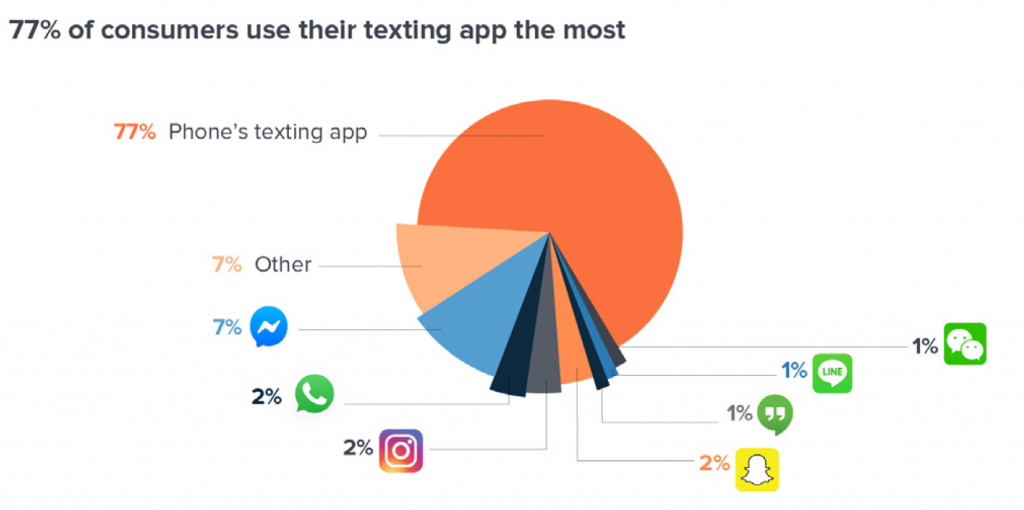
Telephone Consumer Protection Act (TCPA)
Best Practices
If your business exchanges texts with customers, it should be familiar with the Telephone Consumer Protection Act (TCPA). Obtaining opt-in consent is a must, no matter what platform is used to text customers, and customers must have the option to revoke consent, too. Manually keeping track of customer consent isn’t advised as there’s more room for error. Texting software can provide proper opt-out tools that automatically block employees from texting anyone who no longer wants to receive texts.
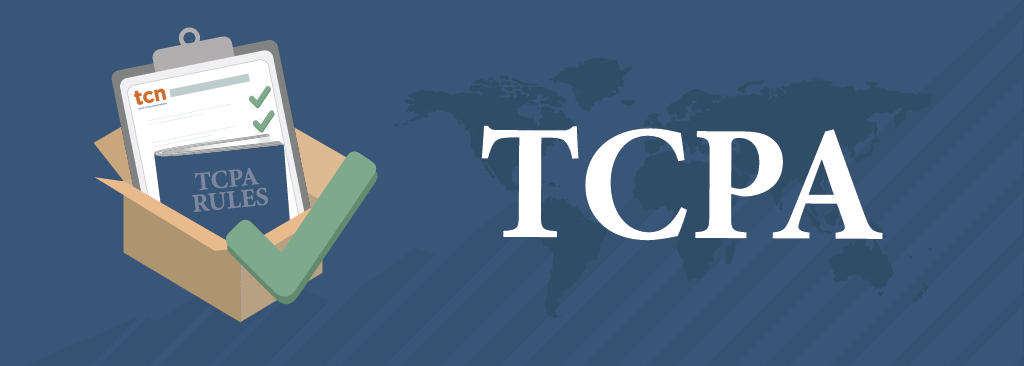
Best Practices for TCPA Compliance
▪▪ Avoid one-way mass texting
▪▪ Let your customers text first, or ask permission before you text
▪▪ Support the STOP keyword for opt-out
▪▪ Avoid texting reissued mobile phone numbers
▪▪ Keep complete records of opt-in and consent
▪▪ Use a real phone number, not a short code
▪▪ Text like a person, not a robot
Best Use Cases Closely Align with Consumer Preferences for Texting
Consumers say they would prefer to receive a text over a phone call or email for scheduling, sales/inquiries, customer service/support and marketing/promotions. Convenience plays a major role in why these use cases are more popular with texting than others. It’s much easier to give a yes or no over text than to play phone tag or mine through emails to provide the same answer. Or in the case of customer service/support, when a customer wants help, they want it fast. They’re able to get a response almost immediately over text versus possibly waiting days for a response in an email. Texting also opens the door to a conversation as opposed to email where responses don’t happen in real-time.
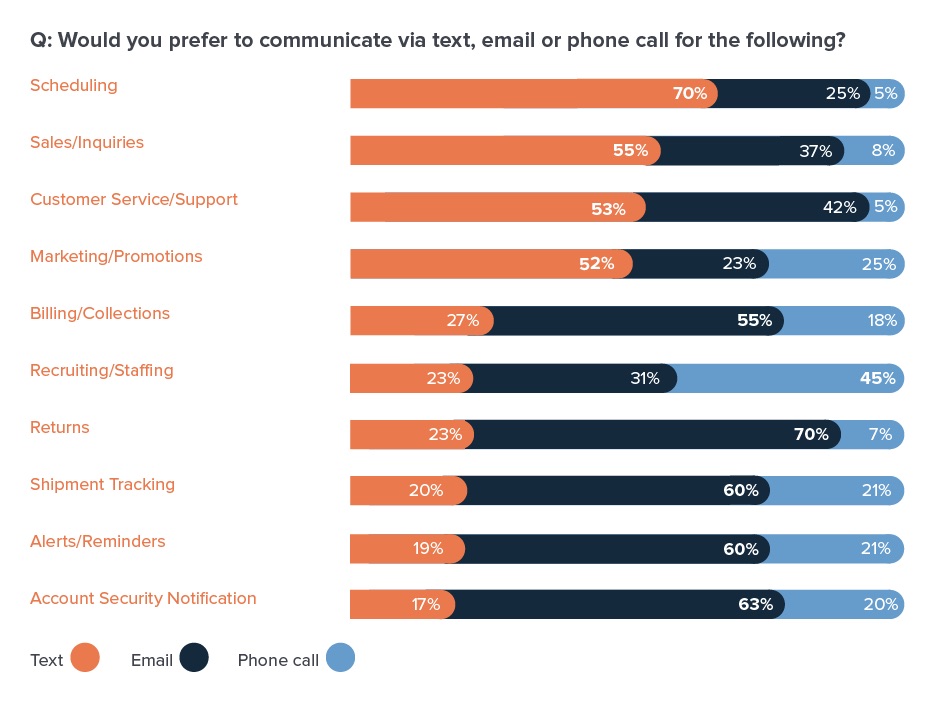
Consider these two use cases where it might not seem obvious why texting is preferred over an email or phone call. Over half of consumers (52%) would rather have marketing and promotional messages texted to them. Marketing and promotional messages have long been communicated over email, but due to the medium’s abuse by spam and the overabundance of such emails, consumers can easily overlook a message that could be of importance to them.

If a business or brand is one that the consumer frequently shops or favors, they’ll want to know about a promotion or deal right away, and a text message does a much better job at accomplishing that than an email. A text can be especially helpful when the customer is already set on making a purchase and they may just need a good discount or promotion to pull the trigger. Or if they’re eyeing an in-demand item that’s out of stock, a text notification letting them know when the item is re-stocked would allow them to move fast on the purchase before stock runs out again.
Common Use Cases
For sales/inquiries, 55% of consumers prefer to communicate over text. Because texting is a personal medium, it’s a best practice to not use it as a first point of contact. It would be invasive for a salesperson to text a prospect without first having introduced themselves over email or on the phone. After introductions have been made, however, continuing the conversation over text makes sense in certain situations. For example, follow-ups and inquiries are a lot harder to make over phone and email. It’s faster to get a minor question answered or schedule a phone call or meeting by sending a text message.
On a final note, we were surprised to see that a phone call was the preferred way to be reached for recruiting/staffing (45%), but we believe this is due to interviews being more suited to a phone conversation. Based on feedback from Zipwhip’s staffing and recruiting customers, however, texting speeds the process for inquiries, collecting documents and scheduling throughout the recruiting timeline, leading us to believe that respondents may have chosen “Scheduling” since it more closely describes that use case.

Customers Want the Option to Text your Business
Twenty-two percent of businesses don’t think that their customers want to text them, but this goes against what our data tells us. Many consumers (43%) have proactively texted a business and 1 in 3 has texted a business without receiving a reply, suggesting that customers were under the assumption that a business was text-enabled even though the business may not have been.
Businesses Don’t Always Send the First Text
Following this logic, forty-three percent of consumers said they’ve texted a business unprompted, which signals an expectation that businesses are already text-enabled. If your business phone number isn’t text-enabled, you could unintentionally be ignoring your customers. Nearly one third (32%) of consumers have tried to text a business and never gotten a response back. Those texts went unseen and thereby went unanswered. While we didn’t ask consumers how they felt when they didn’t get a response from a business, it likely wouldn’t be favorable.
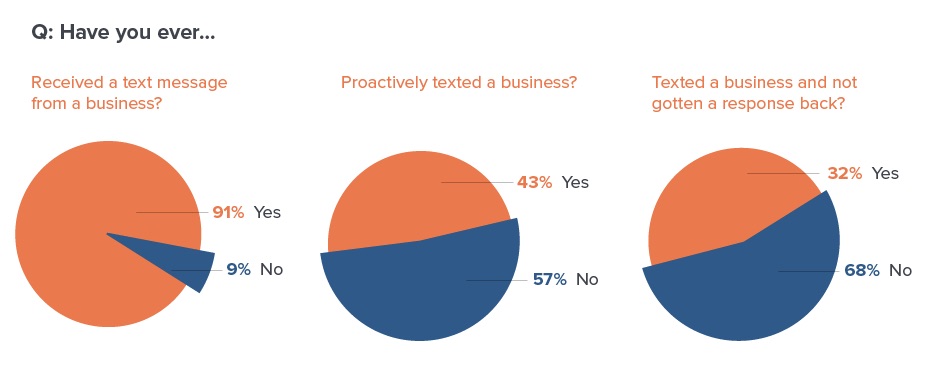
Shortcode Texting is Limited and Can Cause Consumer Frustration
Only 16% of businesses said they’re using short code texting with their customers. The low usage is likely due to consumer demand for two-way texting with businesses, something that short code texting doesn’t provide. A third of consumers (33%) have tried to reply to a short code message with something other than a keyword, which implies that consumers expect a two-way conversation with a business when texting.
How RCS Will Improve Texting
RCS (Rich Communication Services) is the soon-to-be replacement of SMS texting, and it’s creating a lot of buzz among the industry. Think of it as SMS 2.0.
SMS is an effective tool for businesses, but customer engagement is limited to the technology’s basic features of plain text and small multimedia file support. While messaging apps like iMessage have adopted advanced features, such as large file sharing, group messaging, location sharing and read receipts, SMS has been largely left untouched.
RCS is an exciting prospect for businesses because it will enable these types of features. Soon, everyone with a smartphone will be able to communicate using robust, interactive features that will greatly benefit the customer experience.

Read Receipts
RCS enables typing indicators, read receipts and delivery confirmation. There are also chatbot features that will give businesses the ability to automate responses and offer suggested replies to customers (e.g., if the business asks a question to the customer, a few response options can be presented so the customer has a quick way to reply with just a tap).
In the Zipwhip survey, both businesses and consumers say they’re most excited about RCS’s read receipts feature.
Although one of the simpler features of RCS, read receipts can be an important signal in a text conversation for the sender and recipient. It’s helpful to know when a message has been acknowledged, especially when important information is being exchanged. The same goes for typing indicators and delivery confirmation. Both parties have a better sense of when they’re in an active conversation or when the conversation will be picked up later.

Images and Multimedia
The next feature both consumers and businesses are most looking forward to is the ability to send and receive improved images and large media files. This can greatly benefit insurance businesses, for example, where a high-quality video of an accident scene would help an adjuster expedite a filed claim.
Chatbots and Ecommerce Payments
Chatbot automation and commerce/ability to make payments may not have been as widely selected because there is still so little known about RCS capabilities among both businesses and consumers. Only13% of consumers say they are very or somewhat familiar with RCS. Although that’s a 30% increase from when we asked the question last year, the full impact and benefits of being able to have access to such robust features may not yet be understood.
For example, making payments within a text message is going to change the way commerce is conducted. A customer will have the ability to seek assistance from a business, shop and make a payment without ever leaving their native texting app; there would be no need to download a branded, third-party app to engage with the business, creating a highly accessible experience.
We anticipate most consumers will start using RCS in their native texting app without knowing what it’s called. Just like consumers don’t use the term “SMS,” we don’t foresee them saying, “I’m going to share this video with you over RCS.”
Businesses Can Follow Simple Steps to Keep from Sending Spam
The second reason businesses say they haven’t adopted texting is concern over customer perception of texting as spam. With spam affecting phone calls so aggressively over the last few years, these worries aren’t unfounded. However, there are a few common-sense steps that businesses can take to prevent legitimate texts from appearing otherwise.
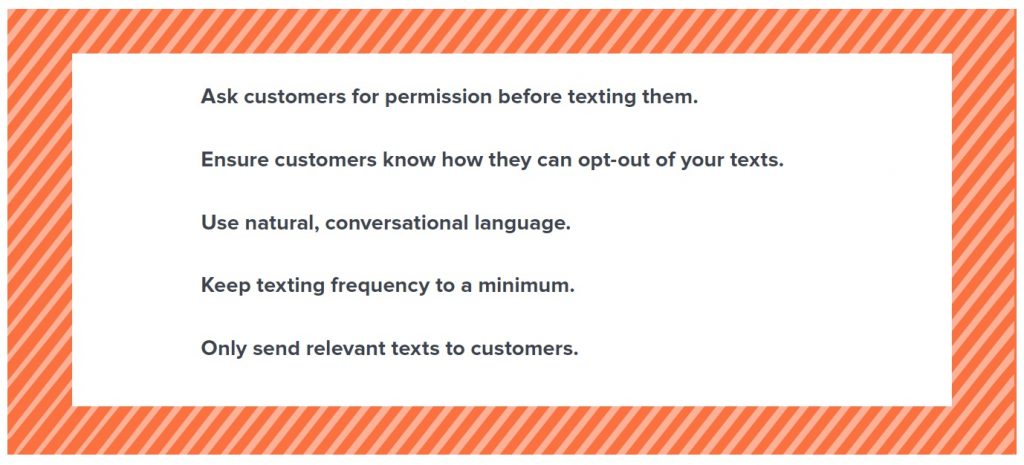

About ZipWhip
Since 2014 when it first enabled texting to and from an existing landline, VoIP and toll-free phone numbers, Zipwhip has empowered more than 35,000 businesses to communicate with their customers in the most effective way possible.
Zipwhip’s intuitive cloud-based software, enterprise-grade API and direct network connectivity allow businesses to use any computer or mobile device to securely and reliably reach their customers by text. Texting is a universal technology that continues to evolve over time, and Zipwhip is at the forefront of the next big iteration: RCS. We are committed to innovation and will continue to enhance our texting platform to serve businesses well into the future.
In addition, Zipwhip is dedicated to protecting the texting medium. We offer tools to help businesses maintain compliance, as well as industry-leading anti-spam safeguards to protect both businesses and consumers.
Zipwhip offers a free trial to see what texting can do for your business. Discover this special offer online. [24×7]




















